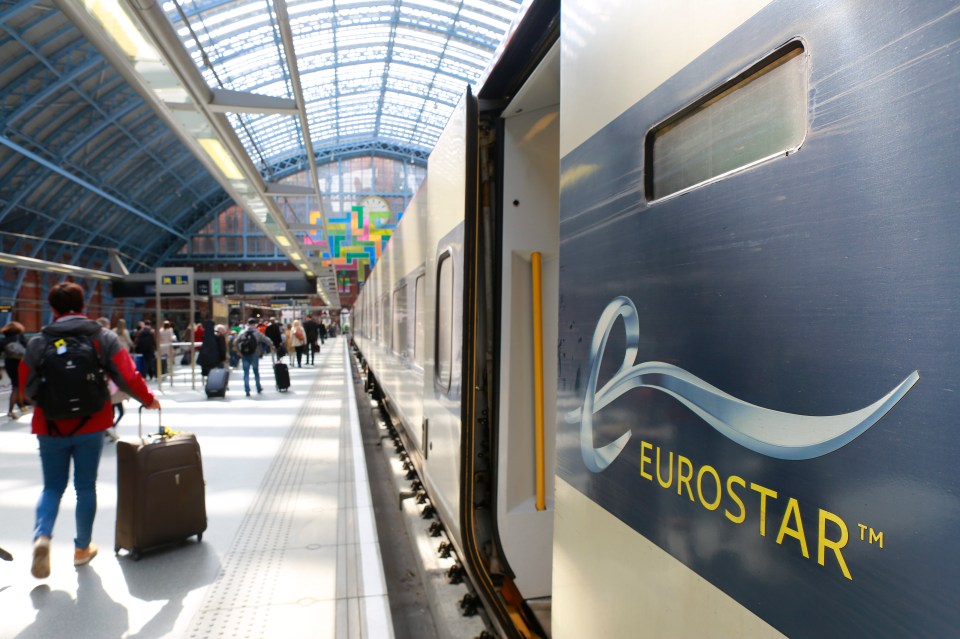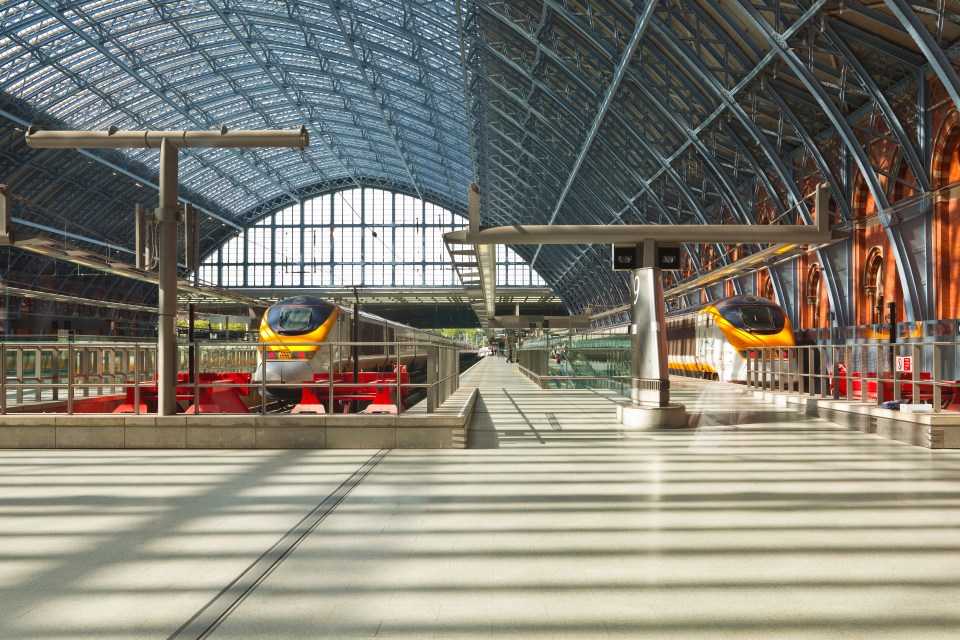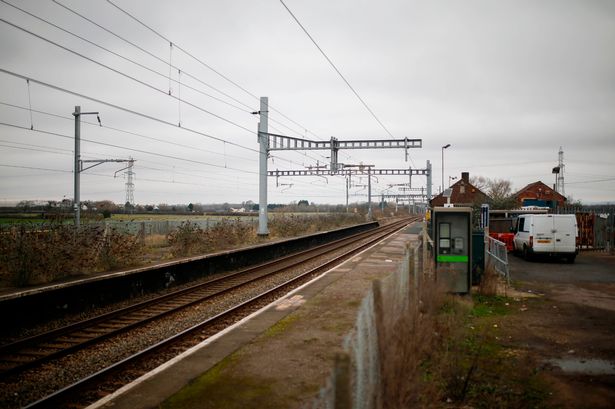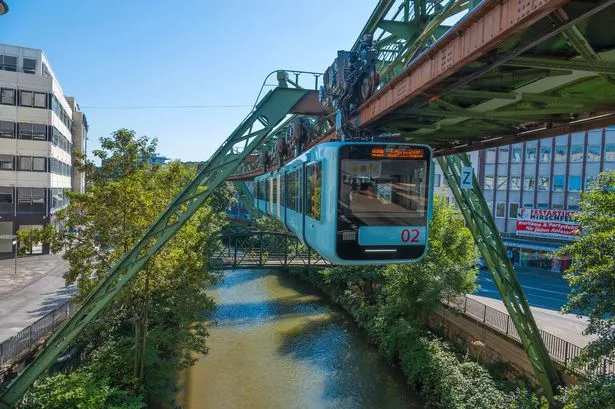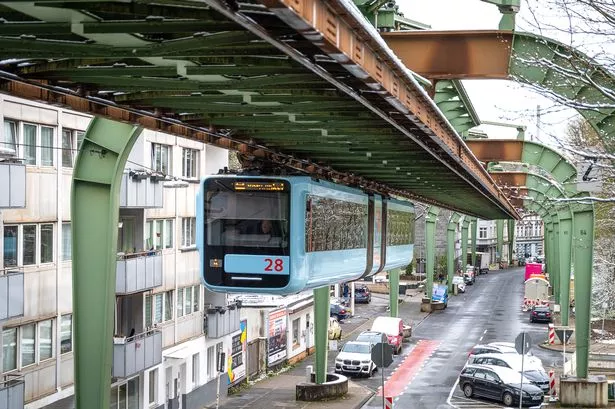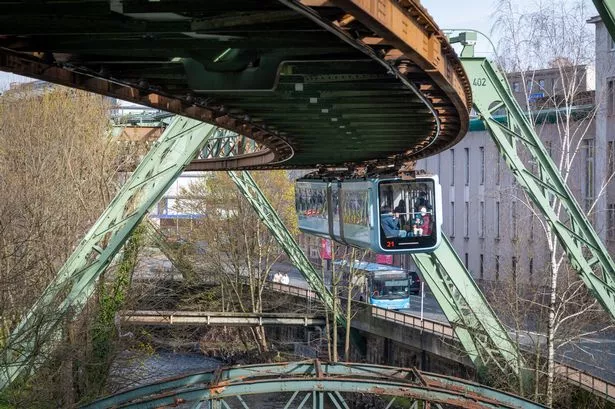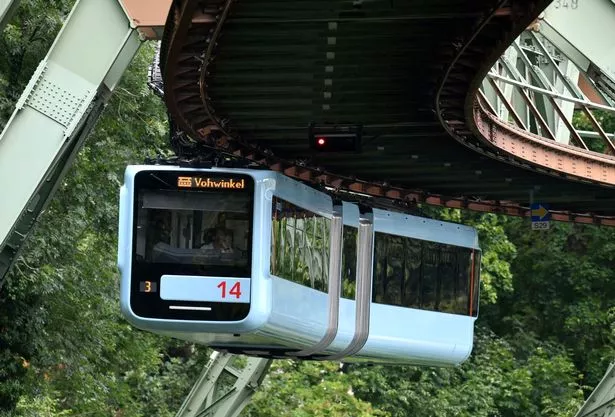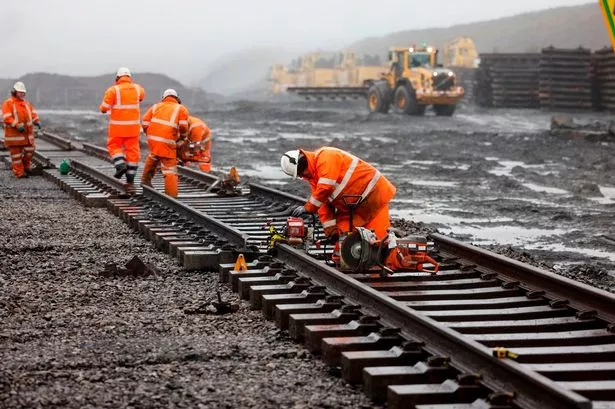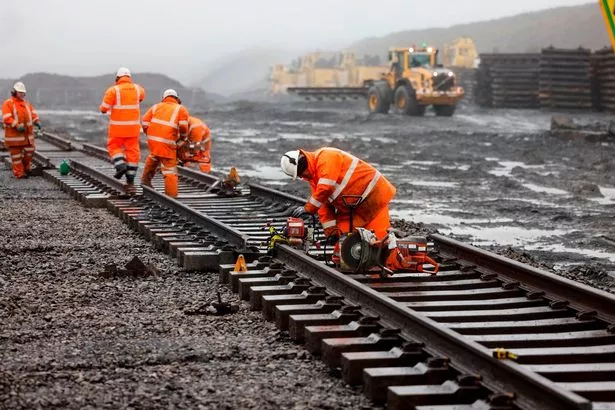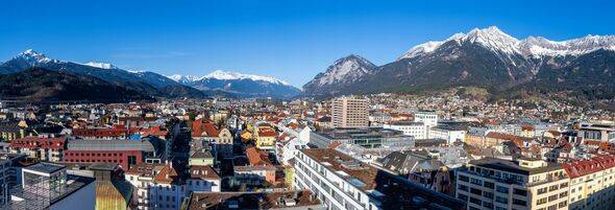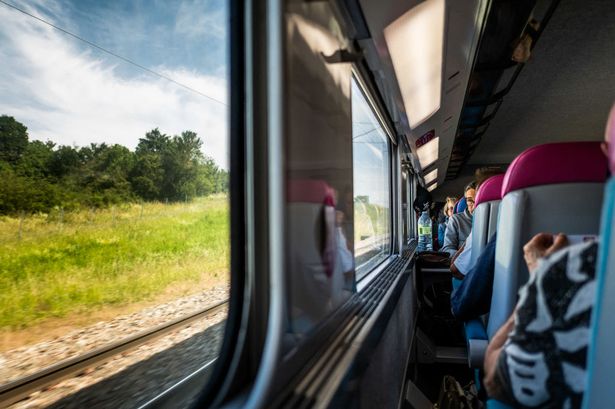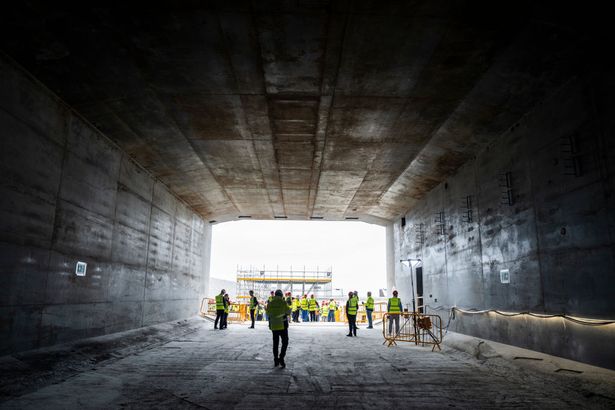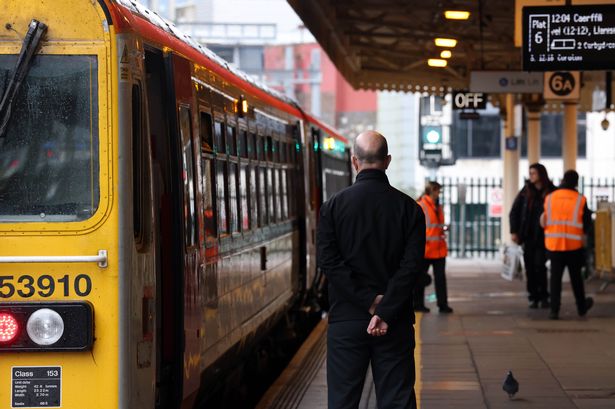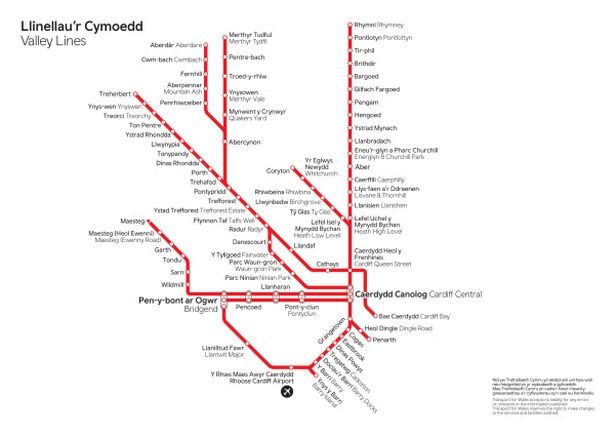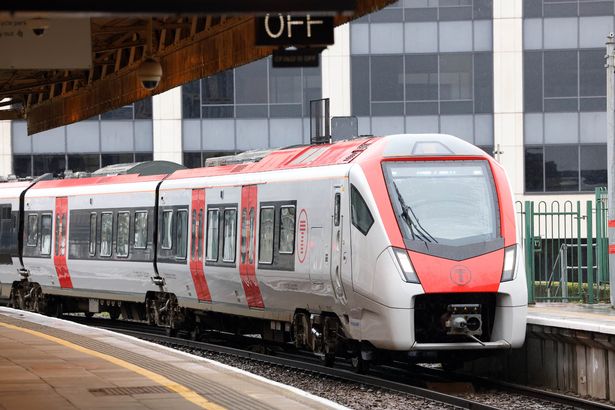Despite once being a thriving network link, this tiny railway station has almost been completely abandoned – except for the two trains that stop here once a week, both heading in the same direction
A tiny railway station that ‘refuses to die’ has been around for 160 years – but is hardly used at all.
Situated near Gloucestershire, on the South Wales mainline between Cardiff and Bristol, lies the forgotten station of Pilning. With no staff and just one platform, the hub has become ‘criminally neglected’ and ‘rendered virtually unusable’ due to years of poor maintenance and lack of investment.
It hasn’t been completely abandoned, and remains on official rail maps, but has become ghostly vacant. In fact, only two trains now actually stop at the station per week, both heading in the same direction – making it one of the country’s least-used railway stations.
READ MORE: New 20k-mile train to link 100 EU cities with £67 tickets – but there’s a catch
The station did see a boom in passenger numbers during the pandemic – which climbed to 710 in 2019-2020. However, the year after this number fell down to 210, the worst record since 2015/2016.
But back in its heyday, Pilning station was thriving, boasting its own stationmaster, fourteen signalmen, six signalmen/porters, six porters, two ‘lad’ porters and a tunnel inspector. It was commonly used by Brits as a means of getting to the Severn Tunnel Junction, providing an alternative to the Aust Ferry or a long detour through Gloucester.
However, when the Severn Road Bridge opened in 1966, the station’s popularity plummeted. By 1990, its service had been slashed to just one train each way daily, during daylight hours. In 2006, this was reduced to just one train each per week, on a Saturday.
“In 2016, a real body blow – our footbridge was demolished and not replaced, leaving us with just two trains a week in one direction and none at all in the other,” Pilning Station Group, which is campaigning for the station to be brought back to life, said. “Was that the final kiss of death? No way – since then, the station’s official usage figures have shot up by a staggering 900 per cent, and our campaign for a better service and a reinstated footbridge has been steadily gathering support and momentum.”
Campaigners argue even ‘minor improvements’ to the station could make it more attractive to potential users, such as a later Saturday afternoon train that would allow passengers more time in Bristol. “A Saturday lunchtime train would enable visitors and rail enthusiasts to visit Pilning for a drink and a pub lunch at the nearby Plough Inn and catch the later train back,” they said.
“An early-morning Monday-Friday train to Bristol would give people a fast route to work or college, as an alternative to the slow and circuitous Severn Beach branch which is very crowded in the mornings. Restoration of platform lighting (removed about 30 years ago as it was allegedly life-expired) would enable trains to call again after dark.”
The eerie station has recently gone viral on social media, where it has been branded the ‘loneliest station’ in the UK. “I live next to this station,” one TikToker said. “The locals have been campaigning for years to have it reopened as we have next to no public transport links.”
Many Brits said they were interested about the forgotten hub, with one user stating: “I’m curious to visit it now.” Another agreed, commenting: “I would still go there,” while a third added: “Sounds like it needs a garden village built there as it has transport links.”
Do you have a story to share? Email us at [email protected] for a chance to be featured.
